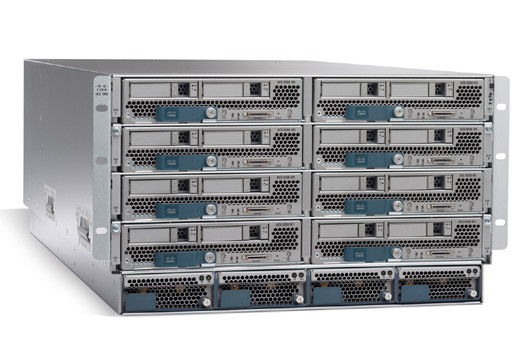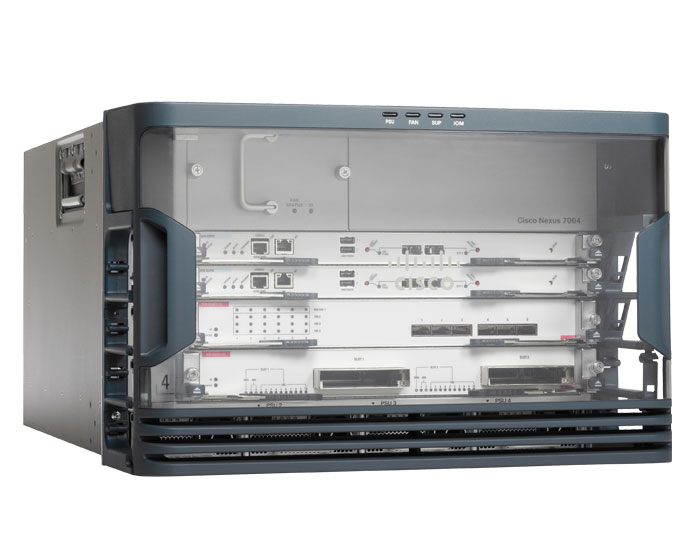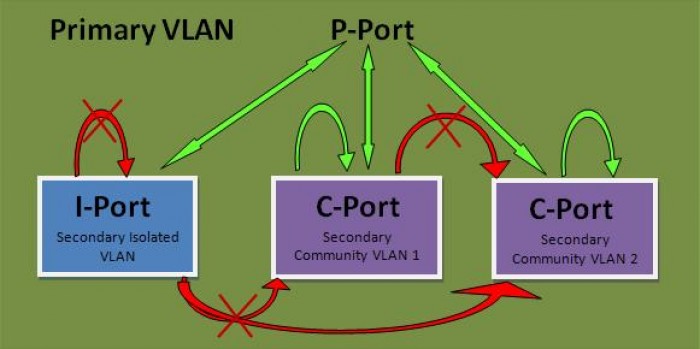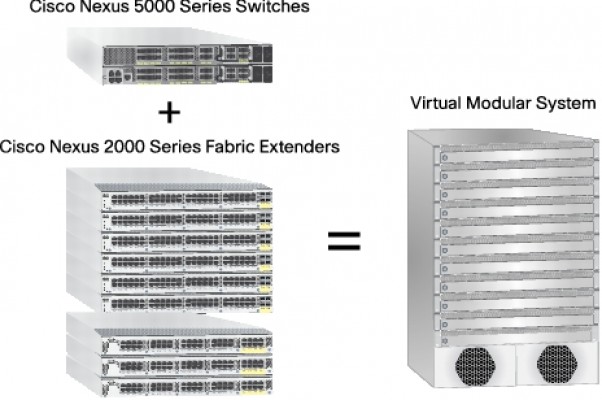CCIE R/S v5: Everything’s Gonna be Alright
It’s been roughly five months since I passed the v4 CCIE R/S and I’m starting to hear potential CCIE R/S candidates freaking out about the upcoming changes. I know this feeling all too well, because like many of you I started on v3 and passed on v4. I will never sugar coat this, it’s a royal pain in the arse when the blueprint gets revised, especially if you have been studying (really studying) the current blueprint. That being said, I…







